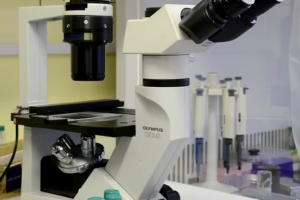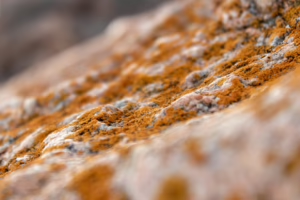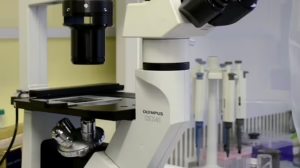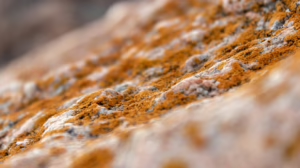Biodiversity in the Balance: Plant Biology’s Role in Conservation Efforts
Introduction
Biodiversity, the variety of life on Earth, is invaluable for maintaining ecosystems, supporting human survival, and enhancing our quality of life. As threats such as climate change, habitat destruction, and pollution loom large, understanding the role of plant biology in conservation efforts becomes crucial. Plants are the backbone of ecosystems, providing food, oxygen, and habitat for countless organisms. This article delves into the significance of plant biology in conservation strategies and highlights innovative approaches to protect our planet’s biodiversity.
The Importance of Plant Biodiversity
Plant biodiversity is fundamental for ecosystem functionality. It contributes to soil health, water regulation, and climate stabilization. Diverse plant species play vital roles in:
-
Ecosystem Services: Plants help regulate the climate, filter pollutants, and provide food and resources.
-
Food Security: A diverse array of crops can enhance food security by providing resilience against pests, diseases, and changing climates.
-
Habitat Formation: Different plant species create unique habitats that support various animal and insect populations, contributing to overall ecological health.
- Medicinal Resources: Many plants are sources of traditional and modern medicines. Conserving plant species ensures the availability of potential new therapies.
Threats to Plant Biodiversity
Despite its importance, plant biodiversity is facing significant challenges:
-
Habitat Loss: Urbanization, agriculture, and deforestation lead to increased fragmentation and loss of natural habitats.
-
Climate Change: Altered weather patterns and rising temperatures can affect plant growth and reproductive cycles, threatening their survival.
-
Invasive Species: Non-native species can outcompete and displace indigenous plants, disrupting local ecosystems.
- Pollution: Chemical pollutants can harm plant health, disrupt growth, and diminish reproductive success.
Plant Biology Research in Conservation
To combat these threats, plant biology plays a pivotal role in conservation efforts through various research and applied techniques:
1. Genetic Conservation
Understanding plant genetics is vital for safeguarding biodiversity. Techniques like seed banking—storing seeds for future recovery—ensure that significant plant varieties can be preserved even if their natural habitats are lost. Genomic studies also help identify genetic traits associated with resilience, enabling scientists to breed plants that can withstand environmental stressors.
2. Restoration Ecology
Restoration ecology focuses on rehabilitating degraded ecosystems. Knowledge of plant biology informs the selection of native species for replanting, promoting ecological balance and biodiversity recovery. Restoration efforts emphasize maintaining genetic diversity within plant populations, ensuring they can adapt to changing conditions.
3. Sustainable Agriculture
Adopting sustainable agricultural practices, such as permaculture and agroforestry, helps preserve plant biodiversity. These methods promote the cultivation of diverse crops, which can increase resilience to pests and diseases while reducing the need for chemical inputs.
4. Community Engagement and Education
Engaging local communities in conservation efforts ensures the sustainable use of plant resources. Educational programs about the importance of native plants and their roles in local ecosystems can foster stewardship and encourage conservation actions.
Technology and Innovation in Plant Conservation
Advancements in technology are revolutionizing plant conservation efforts:
-
Remote Sensing: Satellite imagery and drones can monitor plant health, habitat changes, and the spread of invasive species, providing critical data for conservation strategies.
-
Biotechnology: Genetic engineering and CRISPR technology can facilitate the resilience of endangered plants, allowing them to adapt to climate change and disease.
- Crowdsourcing: Citizen science initiatives harness public participation in documenting plant biodiversity, leading to valuable data collection and raising awareness about conservation issues.
Conclusion
The role of plant biology in conservation is more important than ever in maintaining global biodiversity. Addressing the challenges plants face through targeted research, innovative techniques, and community involvement can pave the way for a sustainable future. As we enhance our understanding of plant biology, we empower ourselves to protect the delicate balance of life on Earth, ensuring that the wealth of biodiversity continues to thrive for generations to come. Protecting plants is not merely an ecological concern; it is essential for our survival and prosperity. By prioritizing plant conservation, we safeguard the foundation of life itself.
Sources
For further reading on plant biology’s role in conservation, check out this source.


























Add Comment